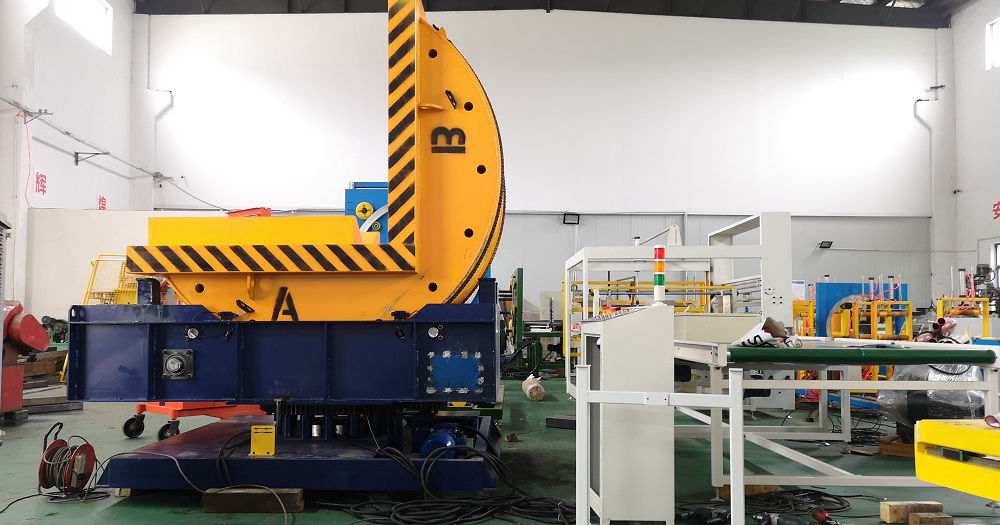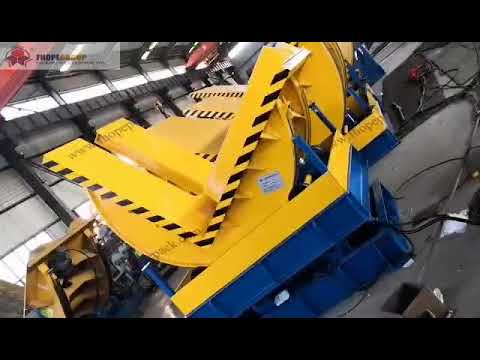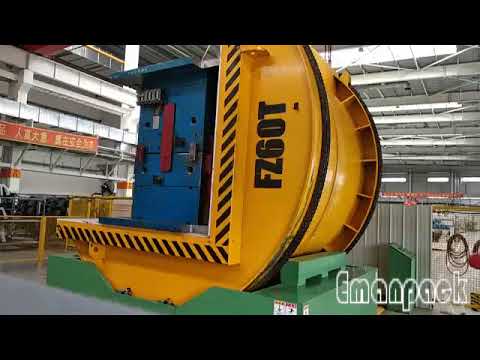Introduction:
In the realm of lean manufacturing, optimizing processes and equipment is essential for achieving efficiency and productivity.
Mold upenders, also known as mold flippers or mold rotators, mold flipping machine play a crucial role in facilitating mold handling and rotation during production.
This comprehensive guide by FHOPE explores the significance of mold upenders in lean manufacturing, their benefits, and how they contribute to streamlining operations and improving overall productivity.
Streamlining Mold Handling
Mold upenders are vital tools for streamlining the handling of molds in lean manufacturing environments.
These mold upenders manufactured by FHOPE eliminate the need for manual flipping or rotation, reducing the risk of injuries and minimizing handling time.
Mold upenders are designed to accommodate various mold sizes and weights, making them versatile for different production requirements.
FHOPE can design mold upender for 50/60/80/100T heavy loading and these machines can be integrated with roller conveyor.
By automating the flipping process, mold upenders enhance operational efficiency, allowing for seamless mold changes and minimizing downtime.
This streamlining of mold handling processes helps companies optimize their workflow, reduce labor costs, and improve overall productivity.
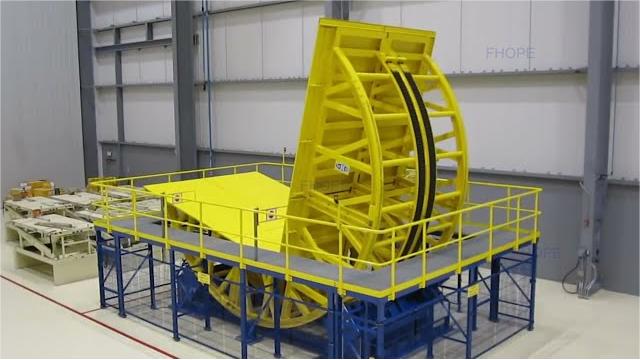
Improving Ergonomics and Safety
Ergonomics and safety are paramount in lean manufacturing environments, and mold upenders contribute significantly to both aspects.
By eliminating manual flipping or rotation, they reduce the physical strain on workers, minimizing the risk of musculoskeletal injuries.
Mold upenders also incorporate safety features such as protective covers and sensor systems, and special limit design, ensuring operator safety during operation.
These safety mechanisms prevent accidental contact with moving parts and provide an extra layer of protection.
By promoting a safer working environment, mold upenders help companies comply with safety regulations and foster a culture of employee well-being.
Enhancing Production Efficiency
Mold upenders are key contributors to improved production efficiency in lean manufacturing.
By automating the flipping or rotation process, they eliminate potential errors or inconsistencies that may arise from manual operations.
Mold upenders ensure precise and controlled movements, reducing the risk of mold damage and maintaining product quality.
Mold upender can stop at any angle on operator’s need in site.
Additionally, the quick and seamless mold flipping facilitated by mold upenders reduces changeover time, enabling faster transitions between molds and minimizing production delays.
This enhanced efficiency results in increased production capacity and improved overall equipment effectiveness.
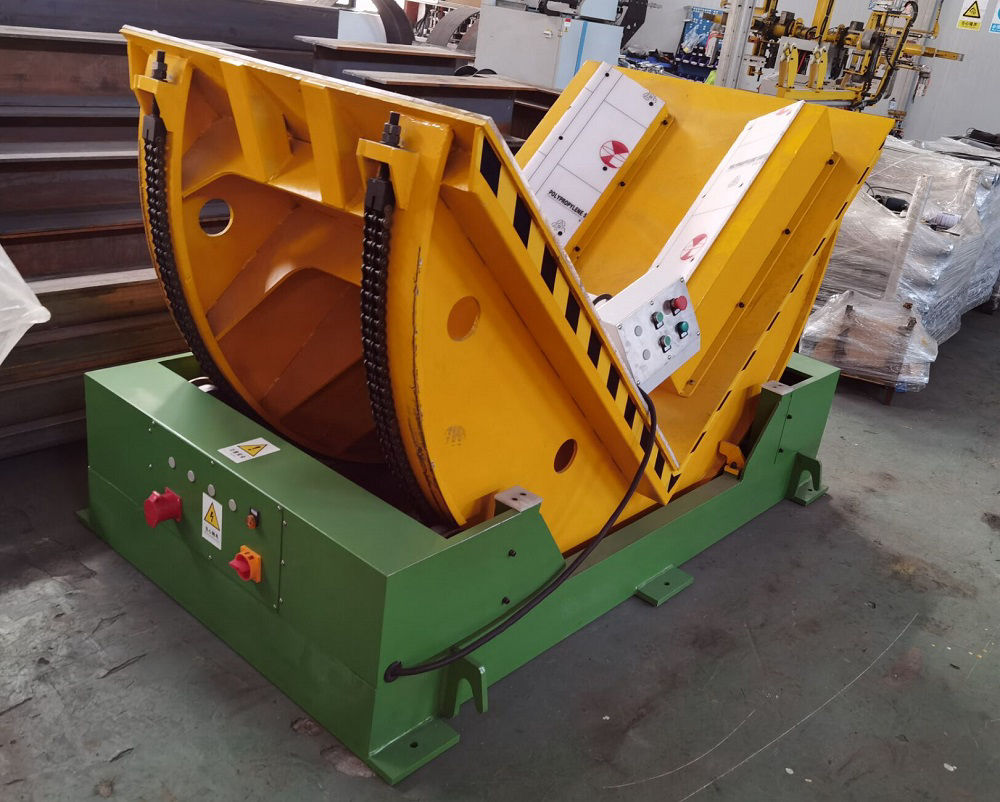
Supporting Lean Principles
Mold upenders align with the core principles of lean manufacturing.
They contribute to waste reduction by eliminating unnecessary movements and optimizing workflow.
Mold upenders also support the principle of continuous improvement by providing a reliable and consistent flipping mechanism, allowing companies to identify and address any inefficiencies in their mold handling processes.
Moreover, mold upenders enable standardized work practices by ensuring consistent mold flipping procedures, reducing operator variability, and enhancing process control.
By integrating mold upenders into their lean manufacturing strategies, companies can achieve greater operational excellence, leaner production processes, and improved customer satisfaction.
Conclusion
Mold upenders play a critical role in lean manufacturing by streamlining mold handling, improving ergonomics and safety, enhancing production efficiency, and supporting lean principles.
These versatile and automated devices simplify the mold flipping process, reduce labor costs, and minimize the risk of injuries.
By leveraging mold upenders, companies can optimize their workflow, increase productivity, and achieve sustainable manufacturing practices, ultimately gaining a competitive edge in the market.
